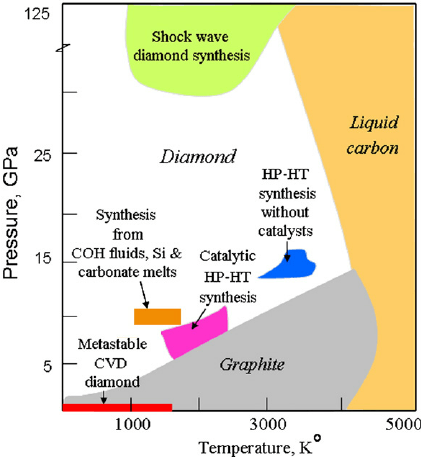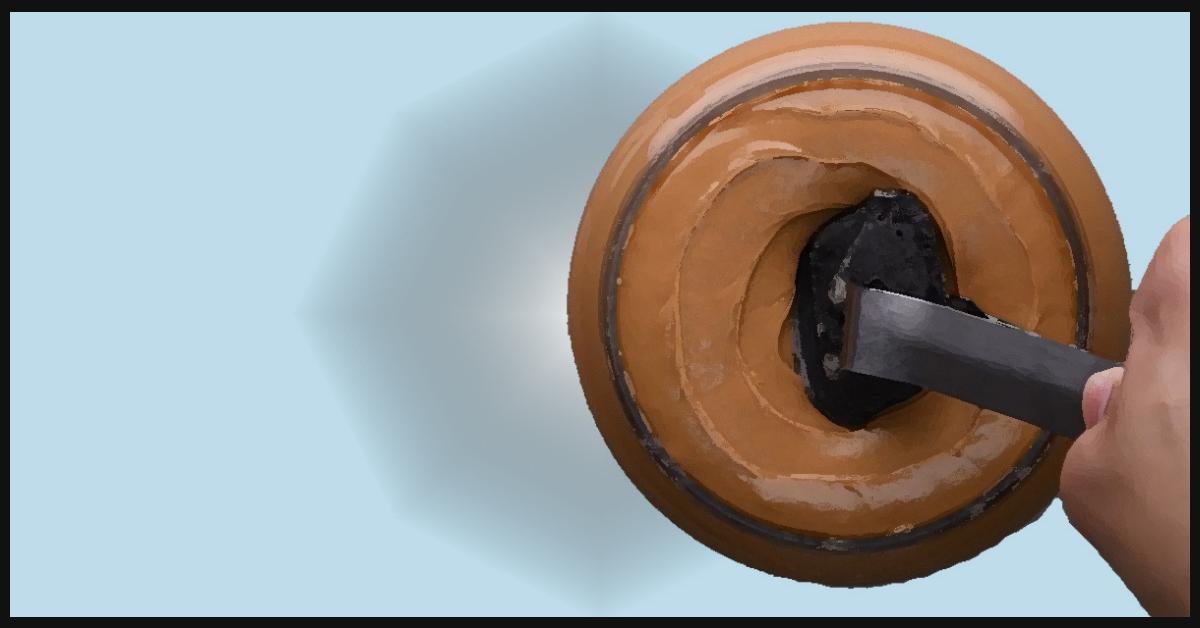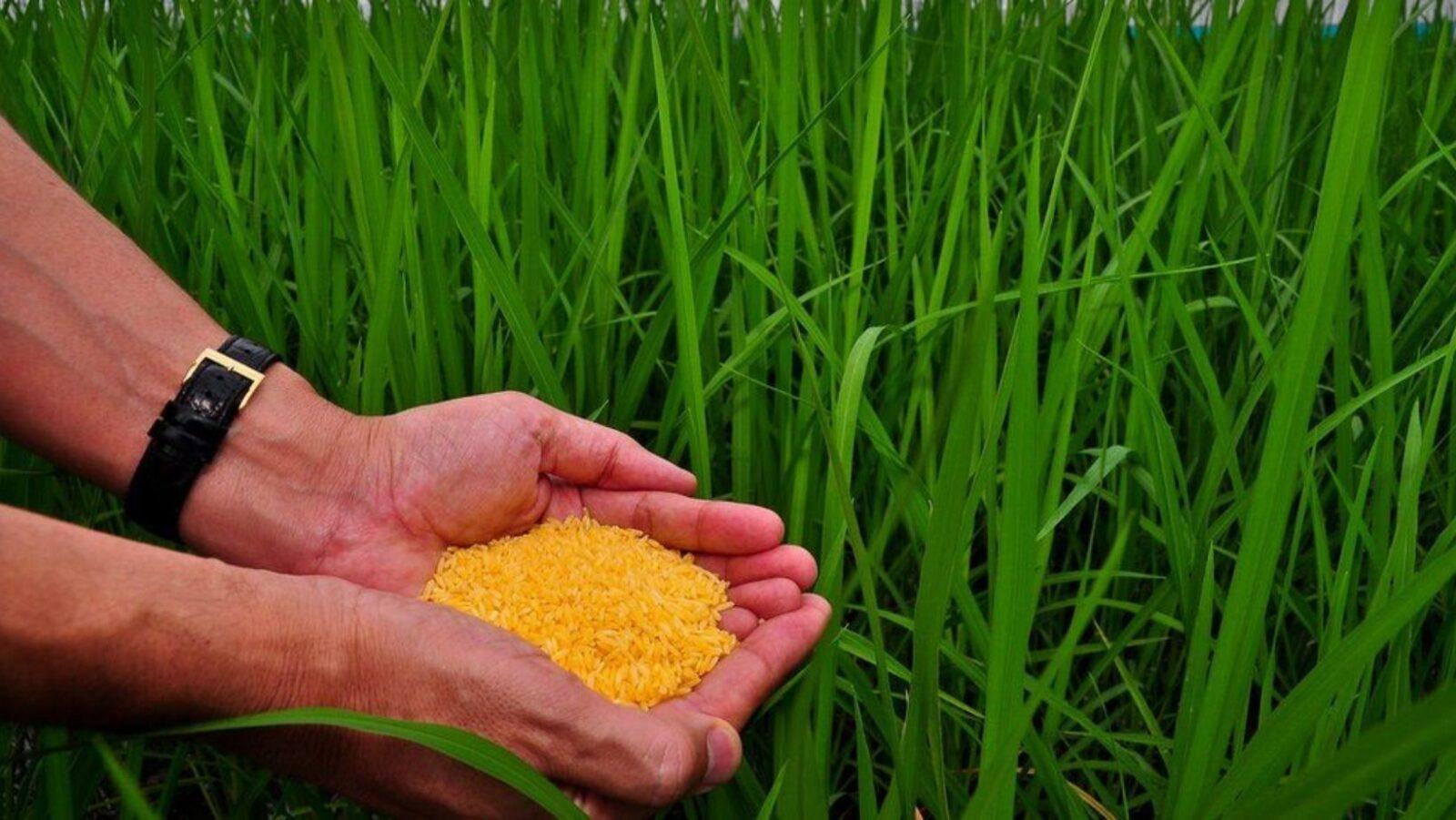Sparkling crystals are beautiful, but often fetch a high price.
Thus, when a cute, catchy video pops up showing how you can easily make crystals out of items in your kitchen, you can almost count on it to go viral. After all, these activities look like harmless fun, don’t they?
Content publisher Blossom recently published this video on YouTube, which has garnered over 1.5 million views as of this writing:
Additionally, they posted this Facebook video (which has received 427 million views to date) back in October 2018:
10 tricks you didn’t know you could do with your food!
Posted by Blossom on Saturday, October 13, 2018
The transformations shown in the videos are admittedly impressive. The videos even have a few scientific tidbits to explain how each experiment worked.
But of course, we know better than to trust the (sometimes) bad science of the internet.
Let’s look closer at these DIY crystal activities to see if the science behind them really is as clear as crystal.
Claim #1: Dip a piece of burning hot coal in peanut butter, and then freeze it in ice. After this, wash off the peanut butter with warm water. Voila! The coal has become a crystalline diamond.
We know that rocks can change with temperature and pressure. However, the chemistry of carbon tells us that you need a whole lot of energy to change the crystal structure of coal, way more than what your microwave can offer.

To change the crystal structure of coal, you would need over 1000 times atmospheric pressure, at temperatures over 1000℃.
Given the right conditions, it’s certainly possible to turn peanut butter–a carbon-rich material–into diamonds. Back in 2004, a geologist and his team tried, using sophisticated equipment in a controlled environment (read: too difficult and dangerous to try at home). And while the team momentarily succeeded, the experiment went kaput when some hydrogen found its way into the mix.
So yeah, don’t expect that you’d be able to make diamonds in your kitchen out of peanut butter. You’re going to need a LOT more power than what your microwave can offer.
Claim #2: Microwave some pencil lead between two plates, and a tiny diamond forms from the heat and pressure on the carbon-based writing tip.
See above. (Seriously, if your microwave could reach those conditions, we’d be terribly concerned for your safety.)
Claim #3: Microwave a rock submerged in water (any random rock, it seems). Take it out, and the rock splits in half to reveal a beautiful crystalline geode interior.
The geode hack comes with a claim that crystals form in the heated gas bubbles within the rock. However, real crystals aren’t made from the presence of heat. The crystals in geode rocks form when mineral-rich liquids seep into cracks in a rock, and slowly begin to grow over thousands of years.
Claim #4: Wet some sand, then apply a kitchen torch. Pieces of glass will form.
For the glass DIY: While it’s true that glass comes from silica sand, its melting point is 1710°C, which is way above the capacity of a common kitchen torch.
Claim #5: Dissolve salt in water, then transfer to a container. Suspend a string over the solution such that one end dips in it. A diamond-like crystal will form.
This one’s actually feasible; in fact, I did it in my high school class! The supersaturated salt solution will come together or precipitate into a crystal.
The video’s misleading, though; it’s sped up. In reality, you’ll need to wait for a few days to grow a decent-sized crystal.
Viral fake science
These are just a few of the many videos and pages on the internet that show science and technology hoaxes. All it takes is some creativity and editing magic, after all.
Perhaps, however, these content producers should be held accountable for misinformation or even possible endangerment.
Some of the hacks mentioned are potential fire hazards, and other projects can be outright dangerous. (Case in point: this viral crystal creation hack, which actually uses some toxic materials.)
It’s hard to say exactly how many people believe and try these videos. For some content creators, these might be nothing more than mindless entertainment, be it for their sheer ridiculousness or the “aha!” moment that comes when the trick is revealed.
Ultimately, though, it’s up to us–the viewers–to distinguish fact from fiction.
As with anything floating around in the interwebs, it’s best to take these with a grain of salt. Preferably, as large as the salt “diamond” grown in the video.–MF
Cover photo: blossom.com
References
- https://www.facebook.com/watch/?v=2084590838508469
- https://itsblossom.com/10-science-food-tricks/
- https://www.researchgate.net/publication/236858140_GR_Focus_Review_Microdiamonds_-_Frontier_of_ultrahigh-pressure_metamorphism_A_review
- http://www.bbc.com/future/story/20141106-the-man-who-makes-diamonds
- https://scienceline.org/2012/11/where-do-geodes-come-from/
- https://geology.com/articles/geodes/
- https://www.sciencedirect.com/topics/materials-science/silica-sand
Author: Jess Vilvestre
Jess is on her way to getting her license in engineering. On the side of studying, she spends her time writing, cooking, and watching movies and plays. Jess has also been working with an education project that capacitates STEM learners with portable science activity kits.







